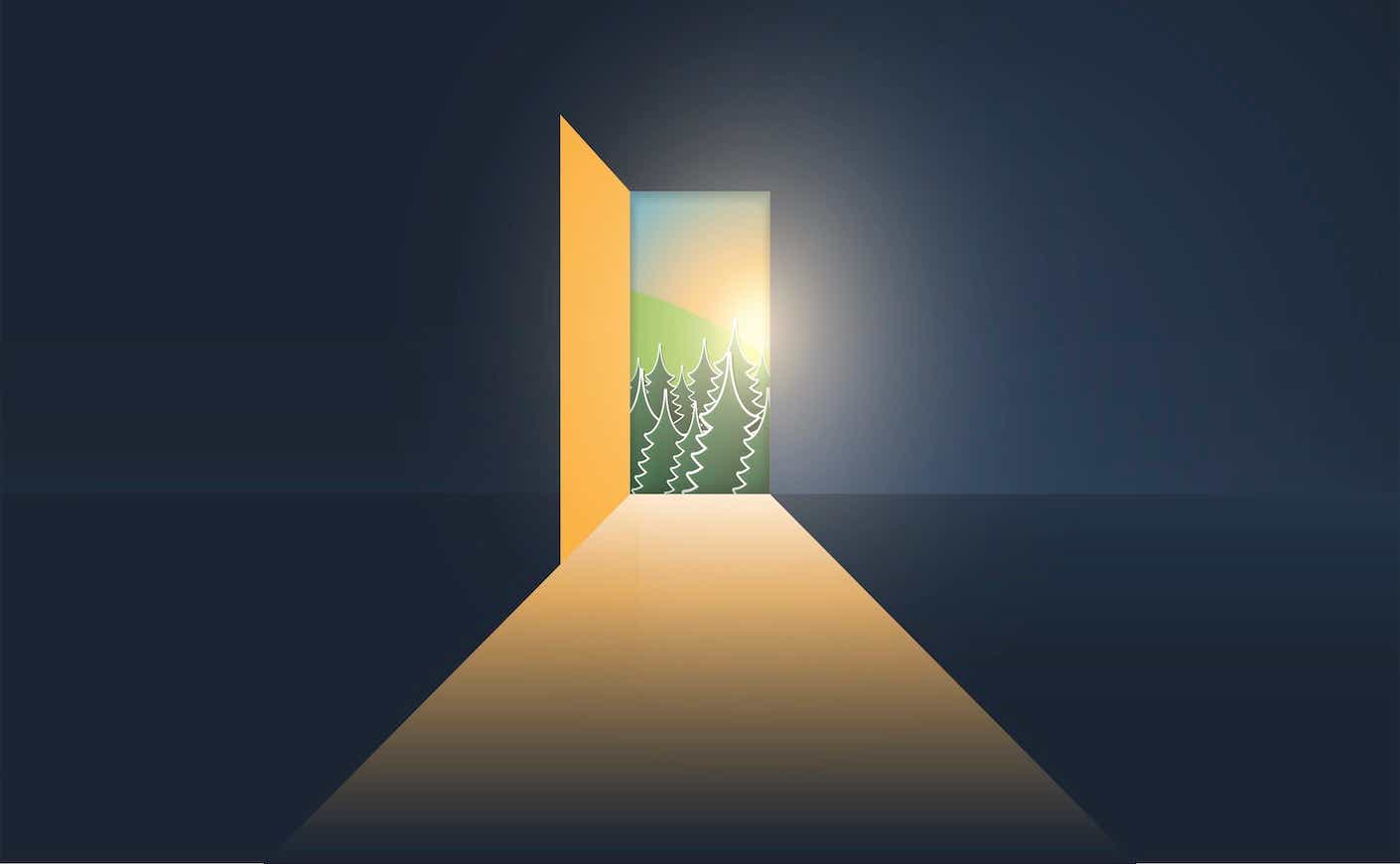The end-of-life experience is different for everyone, but in many ways, it’s a great unifier: We all die, after all. So why is it still so scary to engage in conversations about the end-of-life process? And why are so many people terrified of the idea of someone being allowed to choose when their own life ends, especially when they have a terminal illness already?
“Death with dignity” is one of many terms used to describe the process some people are legally allowed to take, in which they can decide to end their life via a painless medical treatment (usually a drink). The legal option is only allowed in certain states, and only to a certain group of terminally ill people — and yet it still seems to terrify others who have no proximity to the situation, or to terminal illnesses in general.
At a time when suicide rates are spiking, and America seems poised to tip over into a full-blown mental health crisis, it would be understandable if you had some questions about the concept of death with dignity. We spoke with an expert about why there’s nothing to fear.
Death with dignity is actually a very common practice
Eight jurisdictions plus the District of Columbia, so nine states, essentially, in the United States have a death with dignity option, otherwise known as physician-assisted suicide, or assisted death. The first law was passed in Oregon, in 1994. It would be another decade until another state decided to create this medical option for its residents. Since then, support for this process has slowly increased in momentum.
“One in five Americans live in a Death with Dignity state,” explains Peg Sandeen, CEO of the Death with Dignity National Center, a non-profit that aims to support the legalization of assisted death, and help people “decide for themselves what a good death means in accordance with their values and beliefs.”
Sandeen goes on, “This process is not some rare, odd, Left Coast thing. This really is across the nation, in 10 different states.”
As for why this information isn’t more publicly known, Sandeen says this has to do with how the process actually works. It’s not a program you opt into, as some people might think. It’s simply another part of end-of-life care for those who live in those 10 states. “It’s just a relationship between you and your doctor,” Sandeen explains. “That’s why it’s not widespread, or widely known, because it is a very private and intimate choice that a person makes.”
Who gets access to assisted death? There are more restrictions than you might think
Proponents of death with dignity laws are often concerned that people might make a decision to end their life rashly, or prematurely, and that this could have disastrous societal effects. But the reality of how the process actually works means that this is an entirely unfounded fear. In fact, it’s borderline impossible for someone to make a “rash” decision via this process, given the restrictions that are in place.
“In order to qualify, you have to be an adult, you have to be terminally ill, and your terminal illness has to be agreed upon by two different physicians,” Sandeen says. Those two doctors also have to agree on your prognosis, and it has to be six months or less to live.
In other words, you have to be in hospice care in order to even consider this option. And then there’s another crucial requirement: You have to be deemed legally capable of making decisions regarding your medical care.
“If you are clinically depressed, then you can’t make your own health care decisions,” Sandeen says. “If you have dementia, say Alzheimer’s, where someone else is providing your care, because you don’t have the capacity to give consent to your health care, you don’t qualify either.”
So the fear of widespread access to a killing agent just simply isn’t the case in these states. This option is exclusively available to adults who are medically confirmed to be at the end of their life, and who are still capable of making their own medical decisions. For those select few, this option is a beacon of hope, Sandeen explains; it’s an option to end life on one’s own terms, in a far less painful way than their current illness might dictate.
Assisted death is about reclaiming our humanity from the medical/health care system
For those interested in what this experience looks like on a personal level, Katie recently penned an essay about her friend Donna Otis’s journey with cancer. Otis was diagnosed with advanced colon cancer at 55 years old. Her prognosis was not good, and after several rounds of chemo, Otis planned to drink one of the medical concoctions that allow a person to end their life on their own terms. “They never really talk about how painful this is,” she told Katie. Otis was looking forward to using the drink when the pain became too great, but she died before she could take it.
For many people with terminal illnesses, assisted death isn’t just about ending one’s suffering. It’s also about reclaiming one’s sense of humanity and spirituality during a massively important period of their life, Sandeen claims.
“We have medicalized death so much,” she says. “If you look at our humanity, there’s so much more to the dying process than medicine. At the end of your life, you have spiritual goals. You want to understand who you are, and what your contribution to the world has been. You want to consider your relationship with your family: What you want to pass on, both in terms of your physical stuff, and then also the messages or stories you want your family to remember about you. And so when everything becomes about the medical system, I believe we lose these parts of our humanity.”









